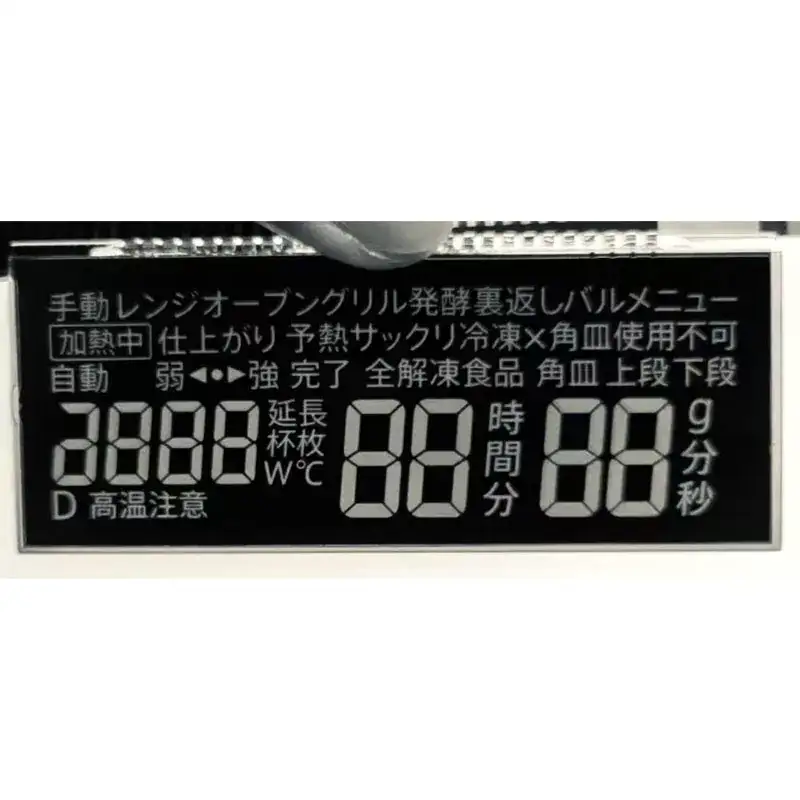Application of Passive LCD Module in Communication Equipment
2025-07-25
Introduction
In the small universe of communication equipment, there is a "low-key master" called Passive LCD Module that is always easily overlooked. It is not as dazzling as a processor, nor as eye-catching as an antenna, but without it, our mobile phones, routers, walkie-talkies and other devices will be missing a pair of eyes. Today we will talk about the things of this "behind-the-scenes hero" in communication equipment.
1. What is a Passive LCD module?
To put it bluntly, a passive LCD module is a liquid crystal display that does not need to emit light by itself, and is illuminated by a backlight. The biggest difference between it and an active display is that it saves power! This is extremely important for communication equipment. After all, no one wants the device to run out of power early because the screen consumes power too quickly.
The most commonly used technology for this module is STN (super twisted nematic) technology, which is low in cost and power consumption, and is particularly suitable for communication equipment that does not require cool displays. For example, the screen of a walkie-talkie, have you ever seen a walkie-talkie playing fancy animations? Just be able to see the information clearly, this is the home of Passive LCD.
2. Why do communication devices prefer it?
First of all, of course, it saves power. Many communication devices need to work for a long time, such as base stations and IoT terminals. Passive LCD can help them save a lot of power. There is a data that you may not think of: the battery life of devices using Passive LCD modules can be about 30% longer than that of active screens.
Secondly, it is cheap! Many communication devices are mass-produced, and cost control is particularly important. The price of Passive LCD modules is only 1/3 to 1/2 of that of active screens, which is a real profit margin for manufacturers.
Another important point is durability. Communication equipment is often used outdoors. Passive LCD modules have a wide operating temperature range and good anti-vibration performance, unlike those delicate active screens that often have problems.

3. Specific application scenarios
In communication equipment, Passive LCD modules are everywhere:
Interphone: Display basic information such as channel and power
Industrial communication equipment: such as PLC controller, HMI human-machine interface
IoT terminal: Sensor terminals that need to be on standby for a long time
Base station equipment: Display working status and alarm information
Especially those professional communication equipment, such as interphones for fire fighting and communication terminals for mining, which have extremely high environmental requirements, and the stability and durability of Passive LCD modules are of great use.
4. Future development trends
Although active screens are very popular now, Passive LCD modules are still irreplaceable in the field of communication. The future development direction is mainly:
Improve resolution: Some high-end Passive LCDs can now achieve QVGA level
Reduce power consumption: It can save about 20% more power than now
Enhance environmental adaptability: The display effect will be better under extreme temperatures and strong light
Conclusion
After reading this, do you have a new understanding of this "low-key master" in communication equipment? Passive LCD modules may never become the protagonists, but it is these obscure components that support the daily operation of communication equipment. Next time when you use a walkie-talkie, you might as well take a closer look at the plain screen, which is the most practical "eye" in the communication equipment.
As a professional manufacturer and supplier, we provide high-quality products. If you are interested in our products or have any questions, please feel free to contact us.


